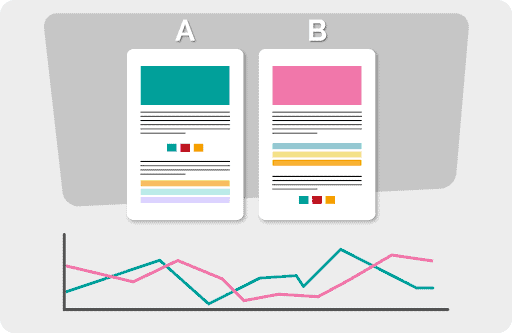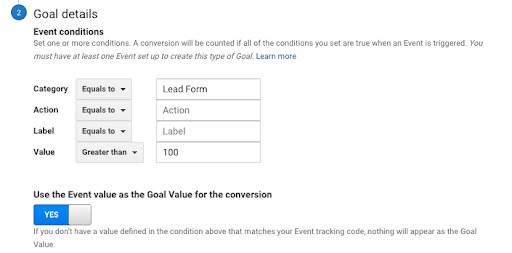5 minute read
Mastering a successful product launch is crucial but full of obstacles. This article outlines steps that allow you to track and manage your next launch so you can create long-term product success.
Having a successful product launch is important for many reasons, including one you might not consider. How a product is perceived during the launch phase will influence how it’s perceived in the long run. While it’s possible to overcome a rocky start, a disastrous product launch leaves you with a lot of work to do. And it is still damaging because it squanders your first impression and ability to use hype to get those all-important word-of-mouth recommendations.
While there are plenty of examples of bad product launches, the release of the video game No Man’s Sky teaches some important lessons. Released in 2016, there was a lot of hype surrounding the game, primarily built upon features promised by the developer in interviews. After launch, however, players were met with a buggy game that lacked nearly every feature promised.
The game was quickly surrounded it in controversy and sales plummeted. There was a happy ending for No Man’s Sky thanks to numerous updates and a gaming community willing to forgive and forget. While the company was able to turn things around, the launch’s circumstances could have destroyed the project.
It’s easy to demonstrate how damaging a bad product launch can be, but how can you keep things on track? The key is tracking the right things: you can’t usefully track everything, but you don’t need to. In this article, we’ll outline four essential steps to ensure you can regularly orchestrate a successful product launch.
Four Steps to Track Product Launches
Throughout the launch phase, you need to keep a close eye on how things are going. This empowers you to correct your course early and as often as necessary, and it will be needed no matter how finely honed your plan may be!
The following steps will make it easier to track the performance of your launch and steer it toward success.
Set Up Distinct Landing Page Variants
While hype will wear off the longer your product is available, interest shouldn’t. When presented well, a good product should rise in popularity over time and become more profitable as introductory offers expire. This means that the launch phase is the perfect time to test different marketing approaches. Running competing landing pages is a great way to do this.
Think of all the ways in which you could promote your product. This includes variations in how you describe it, different landing page styles and even targeting various audiences. By setting up unique landing pages to embrace these different options and using them for testing, you can arrive at some useful conclusions about what resonates.
After some weeks of running your tests, you can determine two vital things: the optimal arrangement for getting general interest and how different people respond to different tactics. If you ever want to launch more niche promotional campaigns, the insight gleaned will prove extremely valuable.
There are different types of landing page tests you can try, such as:
- A/B testing
- Multivariate testing
- CTA testing
- Headline testing
Step 2: Analyze Queries Pre-and Post-Purchase
You can learn a lot from the questions people ask about what you offer.
- “When will this product launch?”
This tells you two things. It lets you know that there’s some interest in your product. It also tells you that you haven’t communicated the release date perfectly, assuming you’ve announced it.
- “How do I use it?”
This is an interesting post-purchase question. If you hear this question, it tells you that your product is appealing, but buyers don’t fully understand it. This makes it unclear how well it will be received over time. It is also useful feedback when considering updates to the product.
It would help if you collected as many of these questions as possible. Set up a dedicated support email address and implement features like chatbots that allows you to store inbound messages. By looking through all the feedback, you can form a strong idea of how things are going.
Step 3: Create Custom Goals with Clear Values
The goal of releasing a product is to sell as many as possible, but success is far more complicated than that. If you’re going to reach your main goal, you must consider all the other goals along the way. This is where custom goals in Google Analytics come into the picture. You need to decide which goals matter to you and assign them relative values to understand how they impact your success.
One example of a custom goal worth defining is when an existing customer returns to your newly launched product’s page. This could mean two very different things. They could be so happy with the product that they are going back to the product page to buy another one. They might also be returning to the product’s page because they are unhappy with the product, and they want to see if they either misread or were misled.
Either way, with a custom goal you can track what happens and use the information to better understand the product’s success or pain points.
Values are always going to be somewhat arbitrary. If you know that you’re converting 3% of your email leads and every product sale yields $5 profit, you can figure out that every email lead is essentially worth 15 cents to you. Bringing as much as possible back to that central goal — maximizing profit. That will make it markedly easier to gauge the overall efficacy of your launch.
Here are a few resources to help you if you’re unfamiliar with setting up goals in Google Analytics:
How to set up goals in Google Analytics 4
In-depth guide to Google Analytics 4
Step 4: Monitor All Social Media Mentions
Social media plays a huge role in gathering and influencing sentiment. Overlooking this direct insight into what the public feels during a product launch would be a grievous mistake. It isn’t just about taking note of every purchase; it’s about every mention of your product and related materials, such as ads. Are people speaking positively, negatively, or not at all?
Remember that product mentions don’t occur in a vacuum. There will always be similar products or at least comparable ones. You need to pay close attention to how yours is performing relative to others. You might be getting many positive comments, but perhaps another product of the same type is getting more positive comments.
If that’s the case, you’ll need to gauge how likely it is that you can compete. If it is a massive brand with a budget far beyond yours, being mentioned at all can be considered a victory. If it’s a smaller brand, then you need to adapt and fix your strategy. Either way, you will only be able to understand your place in the market through social mentions if you are listening. There are social listening tools that make it far easier to find social mentions of your brand.
Having a successful product launch doesn’t just happen. You must carefully watch and guide your product every step of the way. You also must be prepared to make changes if things are going in the wrong direction. By using these steps, you ensure that your product launch collects useful information that you can utilize to improve your product and future product launches.
Author
-

Rodney Laws is an e-commerce expert with 10+ years of experience in building online businesses. He’s worked with some of the biggest platforms in the world and uses his experience to help fellow entrepreneurs start and run their own companies.
View all posts









